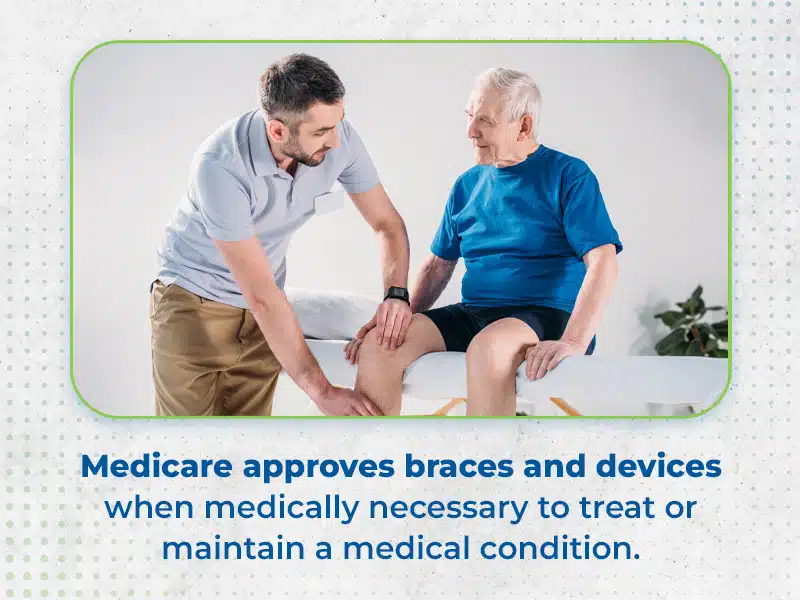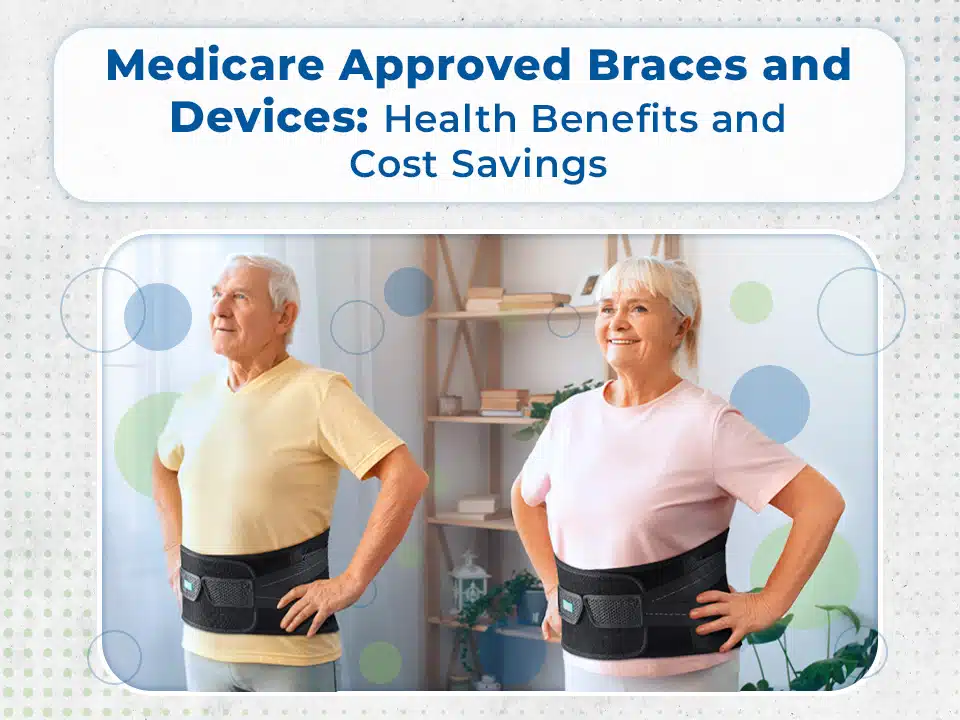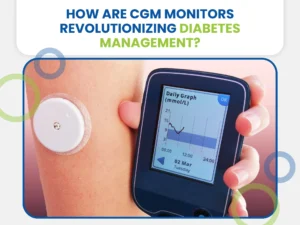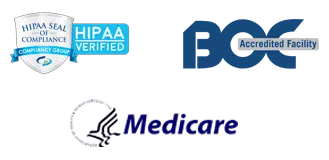In today’s healthcare landscape, understanding the benefits and accessibility of Medicare-approved braces and devices is crucial. These medical aids are not just about providing support but about enhancing the quality of life for those grappling with various health conditions. From aiding recovery to preventing further injuries, these devices are a cornerstone in managing health effectively. This article delves into the world of Medicare-approved braces and devices, exploring their health benefits, cost-effectiveness, and ease of acquiring them. It’s a guide to navigating the options available and understanding how these devices can contribute to better health outcomes.
Understanding Medicare-Approved Braces and Devices
Medicare-approved braces and devices are essential in managing various health conditions, offering support, and aiding recovery. They are designed to support weakened or injured body parts, vital for pain relief and healing. These devices are crucial in ensuring proper body alignment, which prevents further injury. Correct positioning helps reduce strain on affected areas, leading to a more effective and efficient recovery. This supportive care is fundamental in enhancing the overall recovery journey for patients, making these devices a significant component in health management.
Types of Braces and Their Benefits

Medicare approves braces and devices when medically necessary to treat or maintain a medical condition for health benefits.
In healthcare, using specifically designed braces and monitoring devices offers substantial benefits in managing and recovering from various medical conditions. These devices, each tailored for a different body part, play a pivotal role in healing.
- Ankle Braces: They offer stability for ankle sprains or strains, aiding in acute injury management and preventative care.
- Back Braces: Crucial for post-operative support and chronic back pain management, they improve posture and alleviate spinal stress.
- Knee Braces: Assist in the recovery from knee injuries or surgeries, providing necessary stability.
- Shoulder Braces: These braces are instrumental in the rehabilitation of shoulder injuries, ensuring joint stability and limiting movement during recovery.
- Elbow Braces: Beneficial for conditions such as tennis elbow, they offer support and alleviate joint strain.
- Hip Braces: Used post-surgery or for conditions like hip dysplasia, they aid in aligning the hip and reducing discomfort.
- Wrist Braces: Ideal for wrist injuries or conditions such as carpal tunnel syndrome, they stabilize and minimize wrist movement.
- CGM Monitors: These devices are essential in diabetes management, offering continuous glucose monitoring to regulate blood sugar.
Each brace and device is uniquely designed to address specific medical needs, significantly contributing to patient care and recovery.
Cost-Effective Solutions
Medicare-approved braces offer a cost-effective solution for many patients, providing an affordable alternative to more expensive treatments. A significant part of the cost of these braces and devices can be covered by Medicare, making them more accessible to a wider range of individuals. This coverage not only alleviates the financial burden on patients but also ensures that necessary support and rehabilitation aids are within reach, thus promoting better health outcomes and potentially reducing the need for further, more costly medical interventions.
Medicare Coverage and Eligibility
Medicare is a federal health insurance program for people who are 65 years or older or those who have a qualifying disability, End-Stage Renal Disease (ESRD), or ALS (Lou Gehrig’s Disease). Medicare is divided into four parts:

The 4 parts of Medicare – Cost Savings.
- Medicare Part A is insurance for hospitalization, home or skilled nursing, and hospice.
- Medicare Part B is medical insurance.
- Medicare Part C (Medicare Advantage Plans) is a private insurance option for covering hospital and medical costs.
- Medicare Part D covers prescription medications.
If you are 65 years or older, you will be automatically enrolled in Medicare Part A and Part B when you turn 65 if you begin receiving Social Security retirement benefits between age 62 and up to 4 months before turning 65. If you apply for Social Security 3 months before you turn 65 or later, you can sign up for Medicare when you apply for Social Security. The Initial Enrollment Period to sign up for Medicare begins 3 months before you turn 65 and ends 3 months after the month you turn 65–a total of 7 months. You may have to pay a penalty if you miss your Initial Enrollment Period.
If you are under 65 years of age, you may be eligible to get Medicare earlier if you have a disability, End-Stage Renal Disease (ESRD), or ALS (Lou Gehrig’s Disease). You can estimate your Medicare eligibility and premium using the Eligibility & Premium Calculator provided by Medicare.
Ease of Access and Home Delivery
Companies like Artik Medical Supply have simplified access to Medicare-approved braces and devices. They streamline the process, making obtaining the necessary medical aid easier for patients. A key aspect of this simplified access is home delivery. This service especially benefits patients with mobility issues or those recovering from surgery. Home delivery provides convenience and reduces the stress and physical strain of picking up medical supplies. It ensures that patients can focus on their recovery without worrying about the logistics of obtaining their medical devices.
Read More: How Often Will Medicare Pay for Back Braces?
Personalized Care and Education
Providers of Medicare-approved braces and devices often go beyond mere distribution. They offer personalized care, ensuring each patient receives a brace or device perfectly suited to their needs. This customization is crucial for effectiveness and comfort. Additionally, these providers prioritize patient education. They provide detailed instructions and guidance on properly using these devices, which is essential for maximizing their therapeutic benefits. This education can include demonstrations, printed materials, and follow-up support, ensuring that patients are well-equipped to manage their conditions effectively with these aids.
Integrating Technology for Enhanced Care
Integrating technology into Medicare-approved braces and devices significantly advances patient care. Modern braces now often come equipped with smart technology, such as sensors that monitor pressure and alignment, providing real-time feedback to both patients and healthcare providers. This technological enhancement improves the braces’ effectiveness and enables a more tailored approach to treatment. Additionally, the rise of telemedicine plays a crucial role in this aspect. Patients can now have their brace adjustments monitored and guided remotely, making it easier to ensure they receive the most effective treatment. This combination of advanced technology and telehealth services represents a leap in personalized patient care and brace effectiveness.
Long-term Health Impact
The long-term health impact of Medicare-approved braces and devices is critical to patient care. These devices are not just short-term solutions; they play a significant role in overall health management and quality of life improvement.
- Sustained Functional Improvement: Consistent use of these braces can lead to lasting improvements in mobility and function, reducing the need for further interventions.
- Chronic Condition Management: They aid in managing chronic conditions, potentially decreasing the necessity for more aggressive treatments.
- Reduction in Healthcare Costs: These braces can decrease overall healthcare costs by improving patient outcomes and reducing the need for additional treatments.
- Evidence-Based Outcomes: Incorporating research and clinical studies that demonstrate the effectiveness of these devices in long-term health management underscores their value.
In essence, these braces and devices are not just immediate fixes but are instrumental in enhancing long-term health and reducing overall healthcare expenditures, aligning with patient well-being and cost-efficiency goals.
Community and Support Networks
Community and support networks play a crucial role in enhancing the experience of individuals using Medicare-approved braces and devices. Online forums and local groups provide platforms where users can share their experiences and advice. These communities offer new users emotional support, practical tips, and invaluable insights. Furthermore, patient support networks contribute significantly to improving compliance with brace usage. They foster an environment of shared learning and encouragement, which can lead to better outcomes in brace effectiveness and overall satisfaction. This aspect of communal support is vital in helping patients adapt to and optimally use their medical aids.
Conclusion
In conclusion, Medicare-approved braces and devices not only provide substantial health benefits but also offer cost savings, making them a practical and accessible choice for individuals in need of support and pain relief. Patients must consult with healthcare professionals to identify the most suitable options based on their medical conditions and requirements. This informed approach ensures that patients benefit from these medical aids, contributing positively to their health and well-being.







